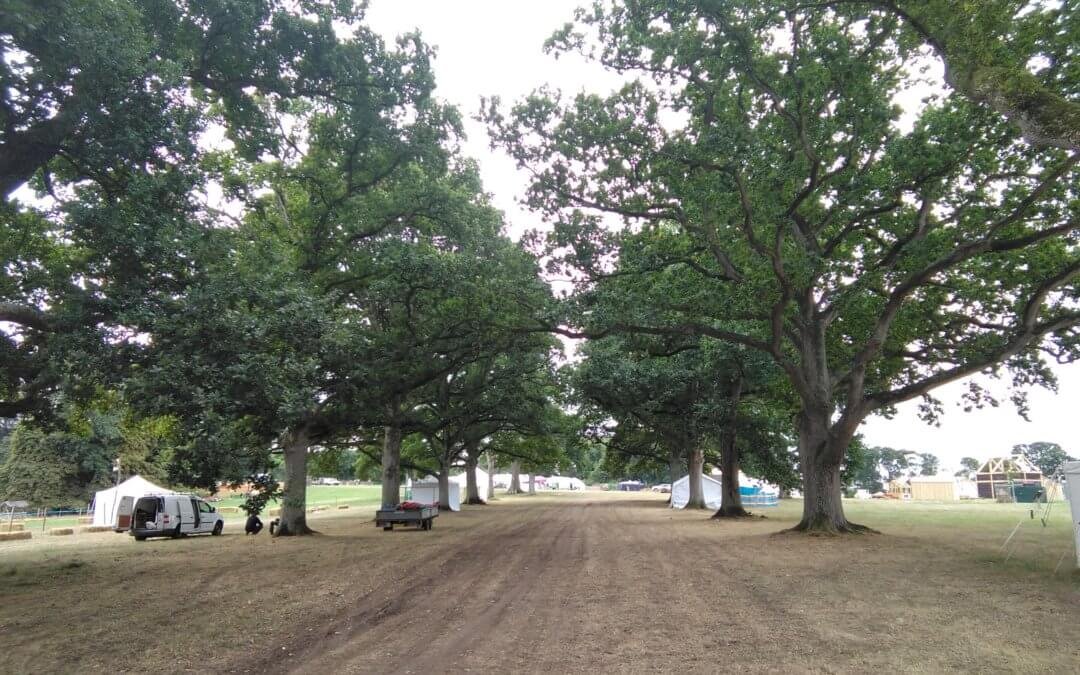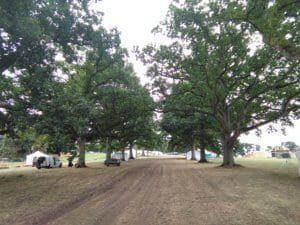For my first series of posts in this new website I thought it would be interesting to follow through the process of creating one of the Ewenique Furniture Flock.
In the beginning there was a tree….
Limewood is the classic carver’s’ wood, it is a delight to work with, not too hard and without a strongly marked grain making it ideal fo developing the characterful heads of my sheep. I started using it over thirty years ago when I was carving carousel animals covered with intricate carved tack and ornamentation and would never swap to a different wood.
Historic importance and great geen credentials!
Lime trees were popular in the magnificent English Landscape Gardens of the early nineteenth century when vast numbers were planted to form avenues framing vistas and entrance drives. A considerable number of these have survived all the intervening upheavals in the countryside and because of their landscape significance they are only felled when they become unsafe at nearly two hundred years old. A popular question at shows is ‘how long does it take to make a sheep’….?
The lime I use is locally sourced in the West Country, my current stash is from a Devon tree, the previous one was from Somerset. The timber is sawn and then air dried for at least three years in a shed deep in rural Dorset. The tree surgeon, Tim Dunning who sources this wood for me has a great affection for trees and wildlife so love and care is put into the creation of each of the Ewenique flock right from the very start. I think it shows.
In my next post I will look at how the timber is transformed into a sheep.



